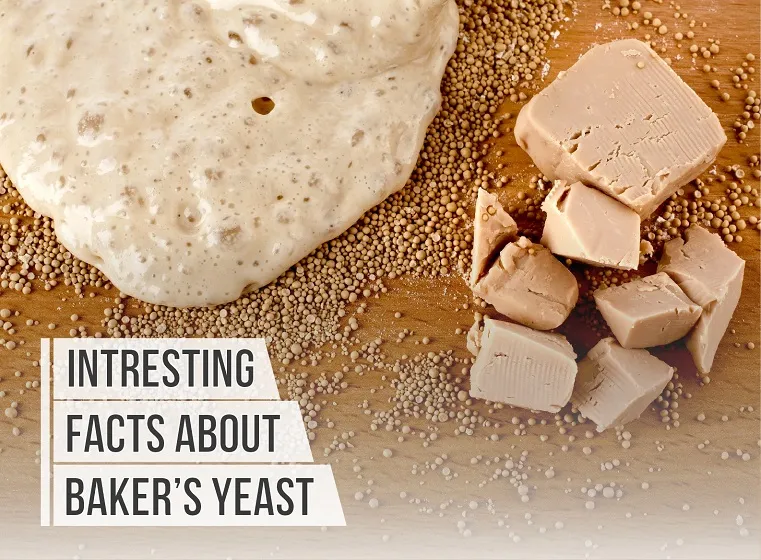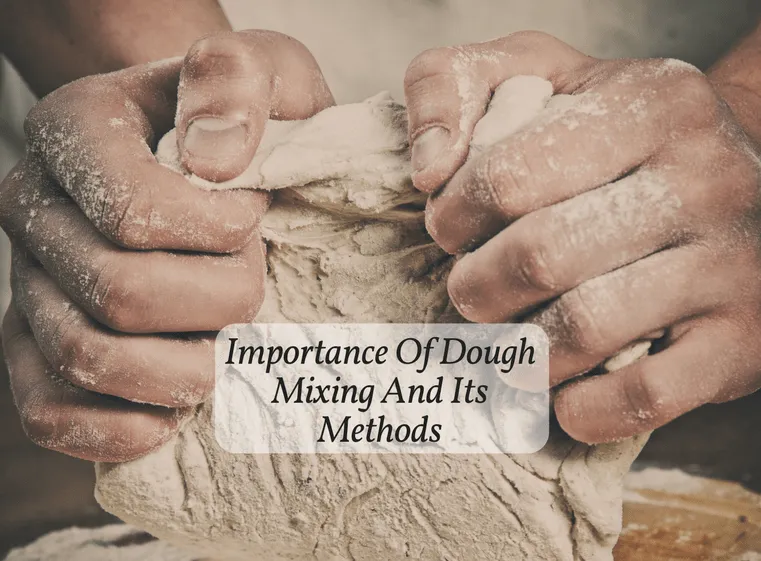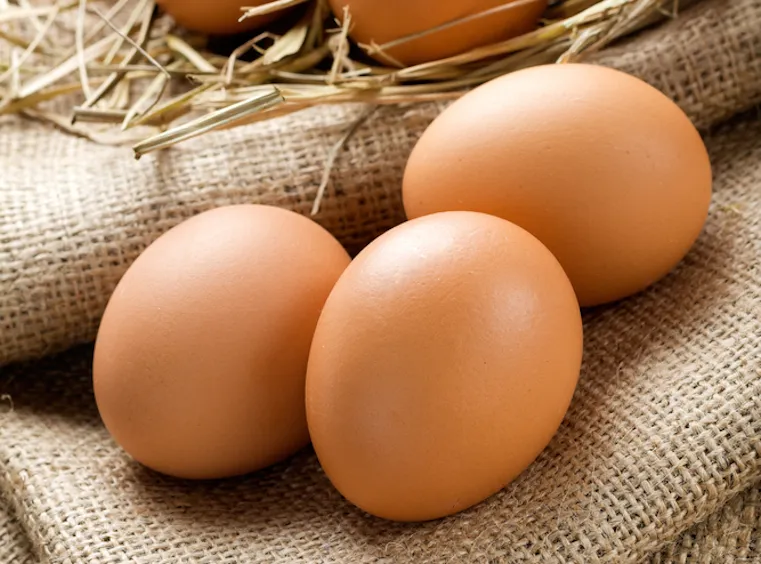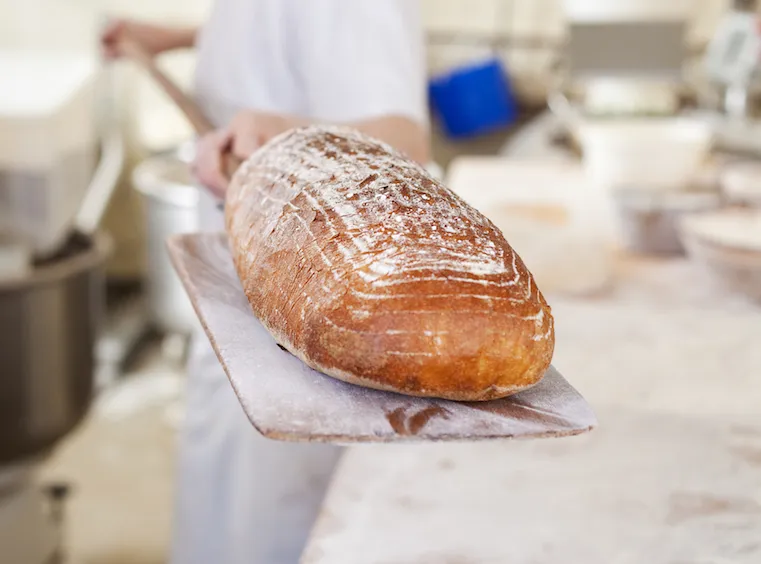Interesting Facts About Baker's Yeast

Baker's Yeast has an influential role in the baking process. If the right amount of yeast is not included in the recipe, it will lead to an undesirable taste and improper texture in your bread. SwissBake brings before you some interesting facts about baker's yeast and its importance in bread making.



